May 23, 2025 | 20:17 GMT +7
May 23, 2025 | 20:17 GMT +7
Hotline: 0913.378.918
May 23, 2025 | 20:17 GMT +7
Hotline: 0913.378.918
In recent years, tourism in Mu Cang Chai has seen remarkable growth, unlocking potential and making it one of the most attractive destinations in the Northwest region. Known not only for its magnificent mountains, mysterious forests, and surreal terraced fields that captivate visitors, this land also boasts a rich cultural heritage and unique ethnic identities for travelers to experience and explore.

In recent years, tourism in Mu Cang Chai has grown rapidly, attracting many domestic and international tourists. Photo: Thanh Tien.
Peacefully nestled in a lush green valley, the Khim Noi community tourism village, often referred to as Lim Thai village, located in Mu Cang Chai town, increasingly draws both local and international visitors. This village’s appeal lies not only in preserving the distinctive cultural values of the Thai people with traditional stilt houses, ethnic attire, and local cuisine, but also in offering quality tourism services with a high standard of security and safety for guests.
Sanh Nhon Homestay, owned by Mr. Luong Van Sanh, is located at the entrance of the village, featuring two wooden stilt houses and one concrete stilt house with spacious, well-designed facilities. This has become a favorite stop for many foreign guests.

The wooden stilt houses stand out as a focal point for community tourism development in Khim Noi. Photo: Thanh Tien.
Mr. Sanh shared that life in the village used to be difficult as locals primarily relied on agriculture. However, since 2010, local tourism has been transforming, attracting more and more visitors. Initially, tourists came to stay voluntarily, sleeping on the large stilt house floors, living and dining with the family, and they would offer money as a token of gratitude.
Witnessing the growing number of visitors each year, in 2011, Mr. Sanh’s family became the first to renovate their stilt house specifically to welcome Western guests. The house was renovated with repainted stairs, windows, additional outbuildings, and landscaped gardens. Essential amenities were added to meet tourists’ preferences. Currently, Mr. Sanh’s homestay can accommodate up to 60 guests per day, offering both lodging and dining.
Besides economic benefits, the development of homestays allows Mr. Sanh and other villagers to preserve and promote the cultural heritage of the Thai people and other ethnic groups in Mu Cang Chai. His homestay often integrates cultural performances and activities to showcase the Thai and Hmong traditions for tourists. At the reception area, there is also a display of local items, such as traditional clothing, musical instruments, tools, and specialty agricultural products, available for both viewing and purchase.
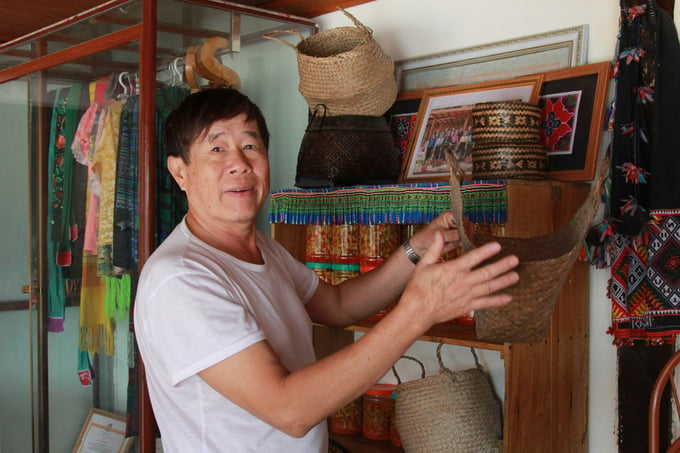
Many visitors are eager to learn about traditional items used in daily life by the local ethnic groups. Photo: Thanh Tien.
About 100 meters from Mr. Sanh’s home is Luong Huong Homestay, which has one wooden stilt house and one concrete stilt house with private rooms. This homestay features a green landscape, with rice fields stretching to the edge of the village and a community of beautiful stilt houses nestled on the hillside. At the entrance, the homestay has a notice board listing room rates, food prices, and other services available for guests.
According to Mr. Luong Van Luong, the homestay owner, he initially had limited funds, so he invested in decorating one section each year. International guests prefer staying in the wooden stilt houses rather than built houses or private rooms. In the garden, Mr. Luong installed a traditional Thai water wheel and created green outdoor spaces where guests can relax and take photos.
French tourist Dominic Dpon shared that it was his first time visiting Mu Cang Chai with his wife, and he was very impressed by the stunning scenery, especially the terraced fields. He also praised the friendliness of the local people, the beautiful stilt houses, and the delicious food. He plans to return with his family.
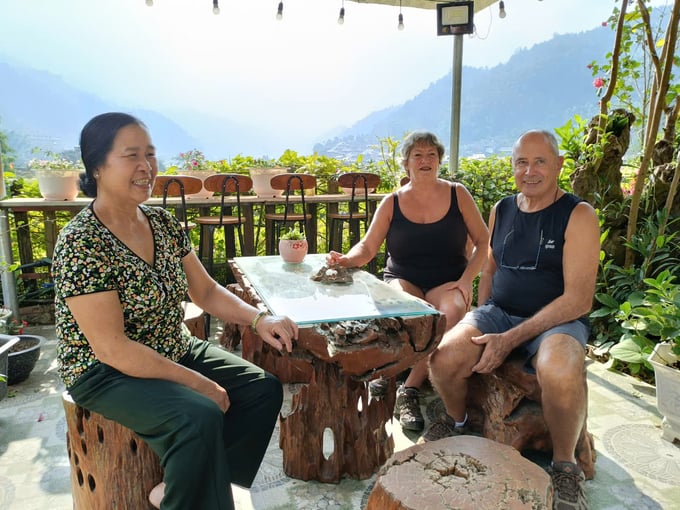
The beautiful natural scenery and friendly locals leave a lasting impression on foreign tourists. Photo: Thanh Tien.
The Khim Noi community tourism village currently has over 80 households, nearly 100% of which belong to the Thai ethnic group. As Mu Cang Chai has become one of the most attractive destinations in the Northwest, Khim Noi is also an exciting stop for tourists. Presently, around 40 households, accounting for 50% of the village, are registered to operate homestays. During the tourism season, about 80% of the residents engage in tourism-related activities, such as providing accommodation, preparing meals, and guiding tourists.
According to Mr. Lo Van Toan, head of Khim Noi village, the community has gained recognition among domestic and international tourists. Each year, Khim Noi welcomes thousands of visitors, who come to experience the cultural and tourism services available. The villagers’ quality of life has improved as they develop homestay models.
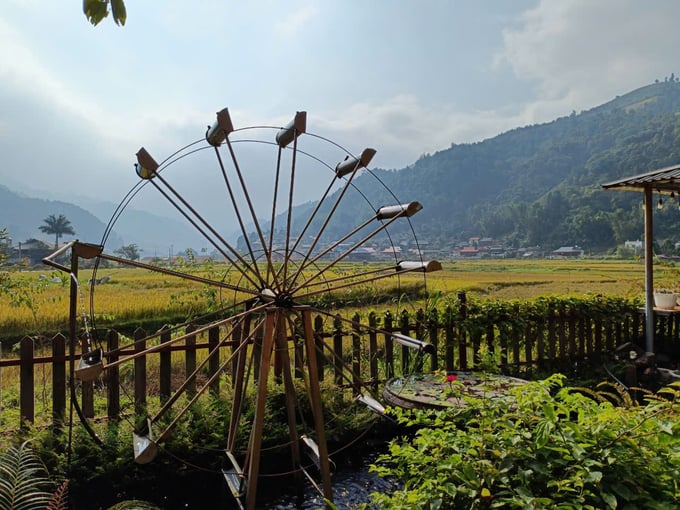
The green, nature-friendly atmosphere is a distinctive feature of Mu Cang Chai homestays. Photo: Thanh Tien.
To sustain community-based tourism, locals focus on promoting tourism spots and lodging options through media and social networks. They actively work to preserve and promote the unique cultural elements of the Thai people, such as stilt houses, cuisine, traditional attire, customs, folk songs, dances, and spiritual practices.
In addition, locals ensure proper sanitation, upgrade accommodations, and plant flowers and trees around homestays and roads. They frequently organize cultural activities, including Thai Xoe dance, bamboo dance, and folk singing, at the homestays.
Translated by Kieu Chi
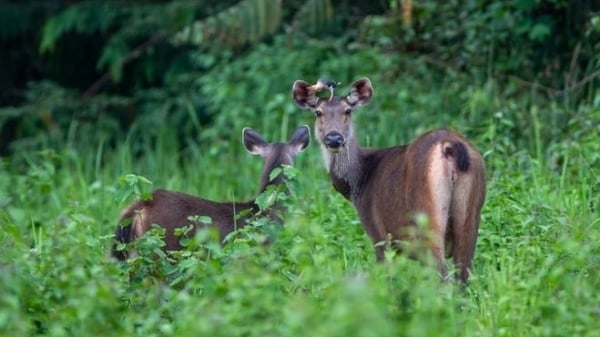
(VAN) WWF, GIZ, IUCN, UNDP call for biodiversity conservation and sustainable development must be regarded as a unity in strategies for a green future.
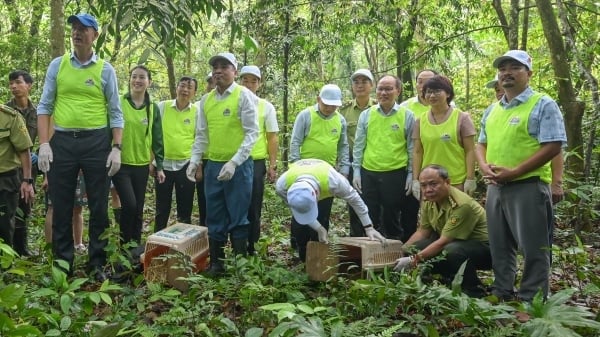
(VAN) On celebration of International Day for Biological Diversity, Deputy Minister Nguyen Quoc Tri called for practical actions to address nature and biodiversity conservation.
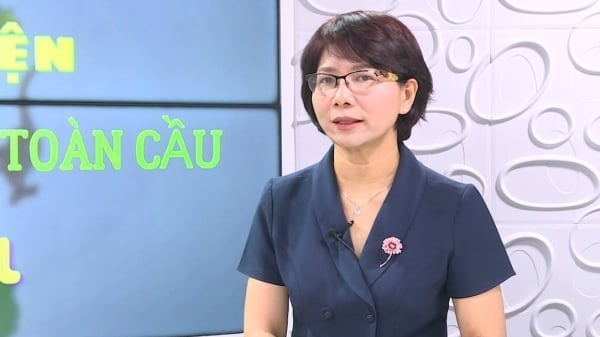
(VAN) Dr. Hoang Thi Thanh Nhan – Deputy Director of the Nature and Biodiversity Conservation Agency – highlighted this on the International Day for Biological Diversity, May 22, 2025.
![Ho Chi Minh city adapts to climate change: [2] Accelerating action](https://t.ex-cdn.com/nongnghiepmoitruong.vn/608w/files/chiqk/2025/05/22/4024-4220-bien-doi-khi-hau-1-100626_766.jpg)
(VAN) Clearly recognizing the challenges posed by climate change, Ho Chi Minh city has swiftly shaped its policies and implemented practical solutions to adapt.
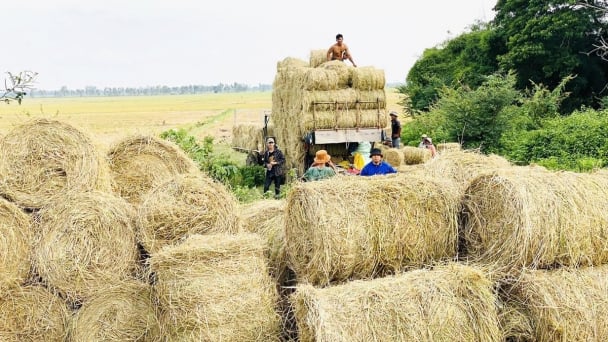
(VAN) Rice straw is no longer just a discarded byproduct, but it is becoming a green resource that helps farmers in the Mekong Delta reduce emissions and promote circular, sustainable agriculture.
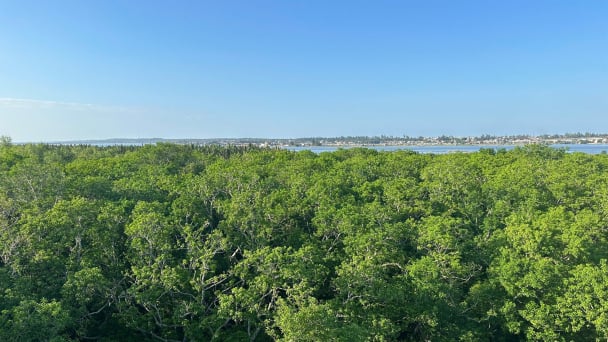
(VAN) Other Effective Area-based Conservation Measures (OECMs) are solutions that contribute effectively to achieving the goals of the Kunming–Montreal Global Biodiversity Framework.
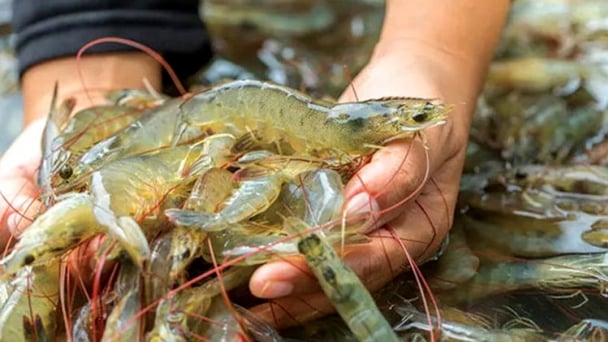
(VAN) A study assessing the carbon footprint of whiteleg shrimp farming in China shows the potential for carbon emission reduction through the use of renewable energy.